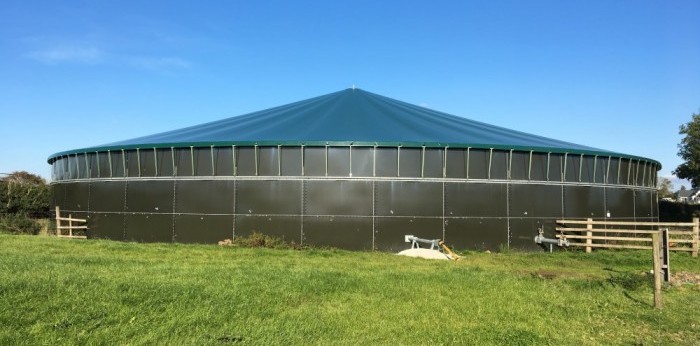Writing in the latest issue of Pig World, NPA chief executive Lizzie Wilson discusses the pros and cons of Defra’s new Slurry Infrastructure Grant (SIG)
 So Defra has (finally!) released details of the Slurry Infrastructure Grant (SIG), the long-anticipated funding scheme towards the cost of slurry stores, covers and associated equipment.
So Defra has (finally!) released details of the Slurry Infrastructure Grant (SIG), the long-anticipated funding scheme towards the cost of slurry stores, covers and associated equipment.
We’ve been patiently waiting for the Ministerial merry-go-round to finally stop so it could be given the official nod.
Match funded grants of between £25,000 and £250,000 will be available to help increase or improve storage capacity up to six months-worth of slurry and/or dirty water with the application window opening from December 6 to January 31.
As this is the first time Defra has run a national slurry storage grant for many years, the expectation is that demand will be high. Therefore, applications will be prioritised according to environmental benefit.
RPA have already designated areas located near protected sites that need coordinated action to reduce air and water pollution from agriculture, and you can see exactly where these are by using the Magic website (https://magic.defra.gov.uk/).
We’ve been part of a stakeholder group recruited to help co-design the grant with the Defra Future Farming and Countryside Programme team, working through each stage to agree who should be eligible, what the grant should cover and how the application process should function.
Although not perfect, the scheme is already far more inclusive than originally intended – for example lagoons will now be funded and there are far more cover options, although they must still be impermeable to align with the Clean Air Strategy.
I’ve been delighted at just how receptive the Defra team have been; always acknowledging our concerns or suggestions and trying to incorporate them as far as possible. We’ll continue to be involved in the further development of the scheme, past this initial round.
Which is a really important point; this is the just the first round of a multi-year scheme. The priority is to bring everyone (the high-risk sectors like dairy in particular, who are nowhere near compliant!) up to the same standard of compliance as the pig sector asap, hence why Defra are funding up to six-months storage capacity.
I appreciate this will be disappointing for producers who were hoping to benefit from the grant but who aren’t eligible as they already have six months storage capacity, but we have discussed this numerous times and Defra are acutely aware that more needs to be offered to include the pig sector in the coming years.
They are extremely cognisant that we need financial support too, but they want to get it right in that whatever is offered under the scheme is actually of value to producers, considering future policy ambitions.
As this is a multi-year scheme there should hopefully be opportunities for upwards of six months storage, and perhaps for arable farmers to be eligible to link in with local pig farms in subsequent years.
I just hope that as many producers as possible are in a position to be able to take advantage of such a rare opportunity. We’ve made it clear to Defra, who are of course already well aware, just how financially constrained many producers are, even with the help of a 50% match funded grant!
Chink of light
That said, the SIG is definitely a chink of light in an otherwise dark landscape, as was the National Pig Awards on November 22.
It was heart-warming to see so many within the sector come together to celebrate the achievements of everyone nominated, and of course the winners on the night, following such a difficult couple of years.
As a judge, the entries this year really did highlight just how many exceptional individuals work within our sector, because they’re passionate about pigs and our community. When everything seems so bleak, the awards process never fails to remind me just how bright our future is, and how lucky we are.
- Tomorrow, December 7, Defra will host a webinar between 2.30-4pm. You will be able to put your questions to the policy leads during the session. Register to attend the webinar here.




